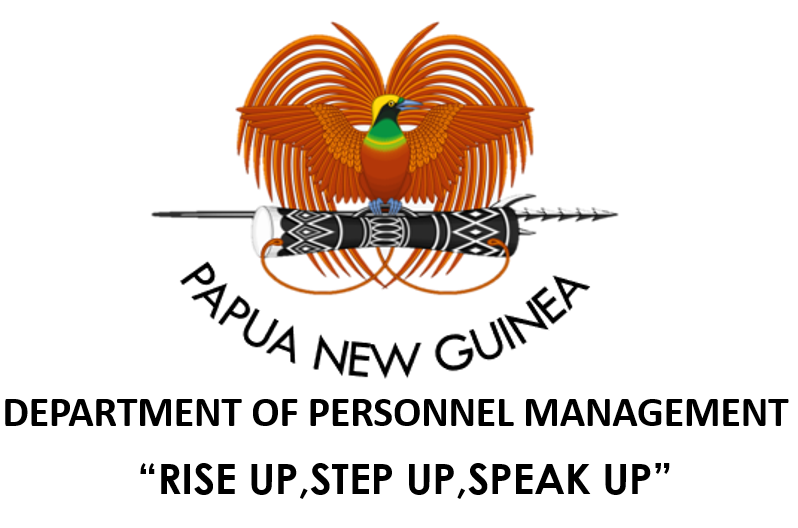Managing Transitions and the Aging Workforce.

PAPUA New Guinea is undergoing a demographic transformation in its public sector workforce, with a growing number of employees reaching the compulsory retirement age of 65. This shift, while challenging, presents an opportunity for strategic workforce renewal aligned with Vision 2050, which prioritizes human capital development as a foundation for national progress.
The Department of Personnel Management (DPM), in line with NEC Decision No. 122/2019, has actively implemented a retirement plan to ensure orderly exits and institutional continuity. Since the initiative began in 2017, over 2,600 public servants have retired at a cost of K119.7 million. In 2025 alone, 495 retirees from 40 government agencies have received payouts totaling K34.3 million, processed in Pay Periods 10 and 11. These officers were identified by their agencies and validated by DPM. Secretary Taies Sansan reaffirmed that the retirement exercise is ongoing, underscoring the department’s commitment to workforce planning and fiscal responsibility.
This effort supports the Vision 2050 pillars, particularly those focusing on effective governance, strategic planning, and sustainable development.
The aging workforce brings both benefits and risks. On one hand, older employees possess valuable institutional knowledge and can mentor younger staff.

On the other hand, delayed exits risk knowledge bottlenecks, reduced innovation, and escalating pension costs. By facilitating timely retirements and reinforcing succession planning, the government can mitigate these risks while leveraging experience for capacity-building.
DPM’s retirement strategy, backed by clear policy and funding, is a critical step in modernizing the public service and fostering a competent, youthful workforce equipped to drive PNG toward its Vision 2050 aspirations.
